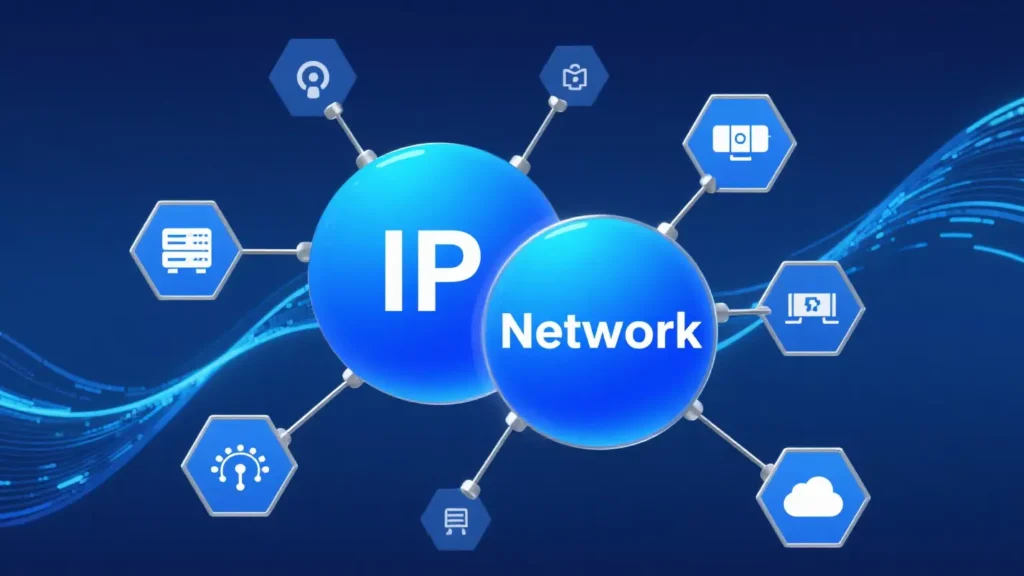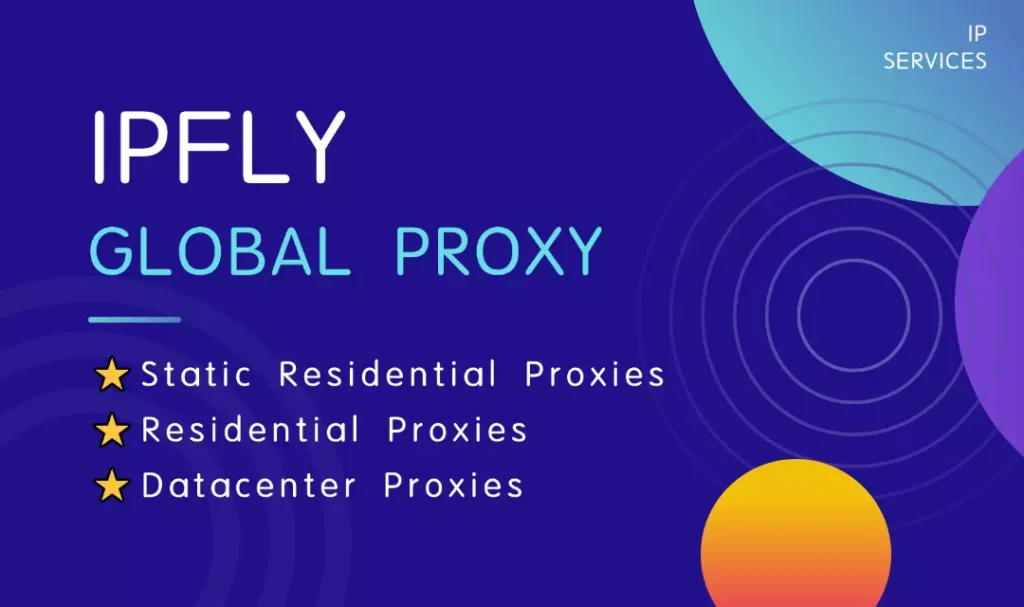In today’s hyperconnected world, internet communication depends on a vast network of devices, each identified by a unique IP address. These IP addresses don’t just enable connectivity—they also hold valuable information about the location, network provider, and type of connection in use. One of the systems that organizes, manages, and makes this information accessible is the IP2 Network.
The IP2 Network plays a critical role in IP geolocation and IP intelligence, serving as a backbone for industries ranging from cybersecurity to digital marketing. By providing accurate mappings of IP addresses to geographic and network details, it helps businesses, governments, and organizations make data-driven decisions, enhance security, and comply with regulations.
This guide takes an informational perspective on what the IP2 Network is, how it operates, its most common applications, benefits, limitations, and its growing importance in the evolving digital landscape.

What Is the IP2 Network?
The IP2 Network refers to a system designed to maintain a continuously updated mapping between IP addresses and associated metadata, such as
- Geographical location (country, state, city, latitude, and longitude)
- Internet Service Provider (ISP)
- Connection type (mobile, broadband, corporate, satellite)
- Autonomous System Number (ASN) and network ownership
- Time zone and local language settings
This data forms the basis for a wide range of online services, from fraud detection to user experience personalization. Unlike general-purpose IP lists, the IP2 Network is optimized for accuracy, global coverage, and easy integration into business applications.
While the IP2 Network is sometimes compared to other IP intelligence systems such as MaxMind’s GeoIP or IPinfo, it distinguishes itself with its emphasis on maintaining accuracy through constant database refreshes and by supporting multiple delivery methods, such as downloadable datasets, web-based lookups, and high-speed APIs.
How the IP2 Network Works
The IP2 Network uses a combination of technical and cooperative strategies to keep its databases accurate and up-to-date:
1. ISP Partnerships and Data Feeds
Direct agreements with Internet Service Providers allow the IP2 Network to receive up-to-date IP block allocations and reassignments.
2. Automated Network Scanning
Active scanning tools detect changes in IP address usage, network ownership, and routing paths, helping identify when IPs are moved or reassigned.
3. User-Contributed Data
Certain applications integrated with the IP2 Network can submit feedback to correct errors in location data, improving accuracy over time.
4. Historical Change Tracking
IP address allocations often change hands. The IP2 Network keeps detailed historical records to identify when an IP was used in a specific region, which is critical for investigative work.
5. Database Compilation and Access
Once collected, the data is organized into structured databases. Users can access these databases:
- Locally via downloadable files for offline use.
- Remotely via APIs for real-time queries.
- In bulk for analytical projects, such as customer location trend analysis.
Key Applications of the IP2 Network
1. Cybersecurity and Fraud Prevention
One of the most important uses of the IP2 Network is identifying suspicious activity. For example:
- A banking application might detect a login attempt from a country where the account owner has never logged in before.
- E-commerce stores can flag transactions from high-risk IP ranges often associated with fraud.
By integrating the IP2 Network into security systems, organizations can build more robust defense layers against identity theft, account takeover, and unauthorized access.
2. Content Localization and Access Control
Streaming services, gaming platforms, and online marketplaces rely on IP geolocation to:
- Display region-specific pricing and promotions.
- Restrict access to content based on licensing agreements.
- Automatically set the correct language or currency for new visitors.
Without accurate IP mapping, these businesses risk legal violations or poor user experiences.
3. Marketing Analytics and Personalization
Digital marketers use IP data to better understand where their audiences are located and how different regions engage with content. For example:
- Measuring campaign performance across different cities.
- Delivering personalized promotions to high-value regions.
- Identifying new market opportunities based on geographic engagement patterns.
4. Compliance and Regulatory Enforcement
Industries like online gambling, cryptocurrency exchanges, and financial services must follow strict location-based compliance rules. The IP2 Network allows these businesses to block or allow access based on the user’s detected region, ensuring adherence to local laws.
Benefits of the IP2 Network
High Data Accuracy
With frequent updates and multiple data sources, the IP2 Network delivers precise IP-to-location mapping, reducing false positives in decision-making.
Extensive Global Coverage
The system covers both IPv4 and IPv6 addresses worldwide, ensuring relevance even as the internet grows.
Scalable and Flexible Integration
Whether for a small application or a large enterprise system, the IP2 Network can be integrated through lightweight APIs, full database downloads, or hybrid approaches.
Enhanced Decision-Making
Reliable geolocation data supports better business strategies, from targeted marketing to fraud detection.
Limitations of the IP2 Network

Circumvention Through VPNs or Proxies
Users can hide or spoof their location, reducing the accuracy of IP-based identification.
Update Lag
Even with daily updates, IP address changes might take hours or days to be reflected in the system.
Privacy Concerns
Regulations like GDPR require businesses to handle geolocation data responsibly, ensuring transparency and consent where needed.
Real-World Example: Using IP2 Network in E-Commerce
Imagine an e-commerce retailer operating in multiple regions. By integrating the IP2 Network:
- Visitors from Germany automatically see prices in Euros.
- U.S. customers see promotions tailored to their state.
- Fraudulent orders from IP addresses linked to high-risk regions are flagged for manual review.
This combination of personalization and protection improves conversion rates while reducing operational risks.
The Future of the IP2 Network
Looking ahead, the demand for accurate IP intelligence will only increase. Several trends are expected to shape its role:
- 5G Expansion—With more mobile devices connecting worldwide, accurate mapping of rapidly changing IP allocations will be critical.
- IoT Growth—Billions of connected devices will require IP intelligence for security and management.
- Edge Computing—As data processing moves closer to the user, precise IP geolocation will optimize service delivery and latency.
The IP2 Network’s adaptability and constant evolution position it as an essential infrastructure element for the next generation of internet services.
Conclusion

The IP2 Network is far more than an IP address lookup tool—it’s a strategic enabler for security, compliance, and customer engagement. By bridging the gap between raw IP data and actionable intelligence, it empowers organizations to make smarter, faster decisions.
If your organization needs to combine accurate IP intelligence with secure, high-performance connections, partnering with a trusted provider is key. IPFLY delivers advanced proxy solutions that work hand-in-hand with IP2 Network insights, enabling you to protect your systems, improve global service delivery, and stay ahead of competitors. To learn more and stay updated, join the IPFLY Telegram channel today.


